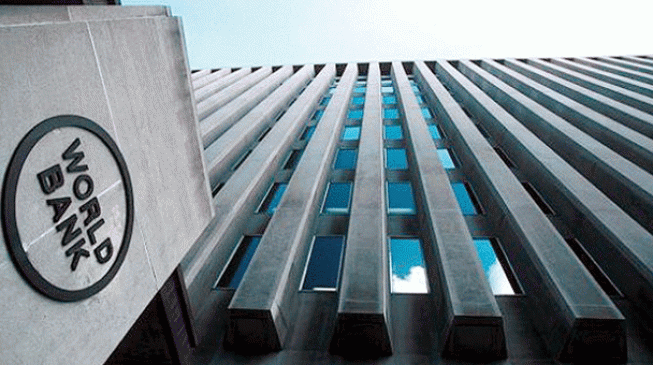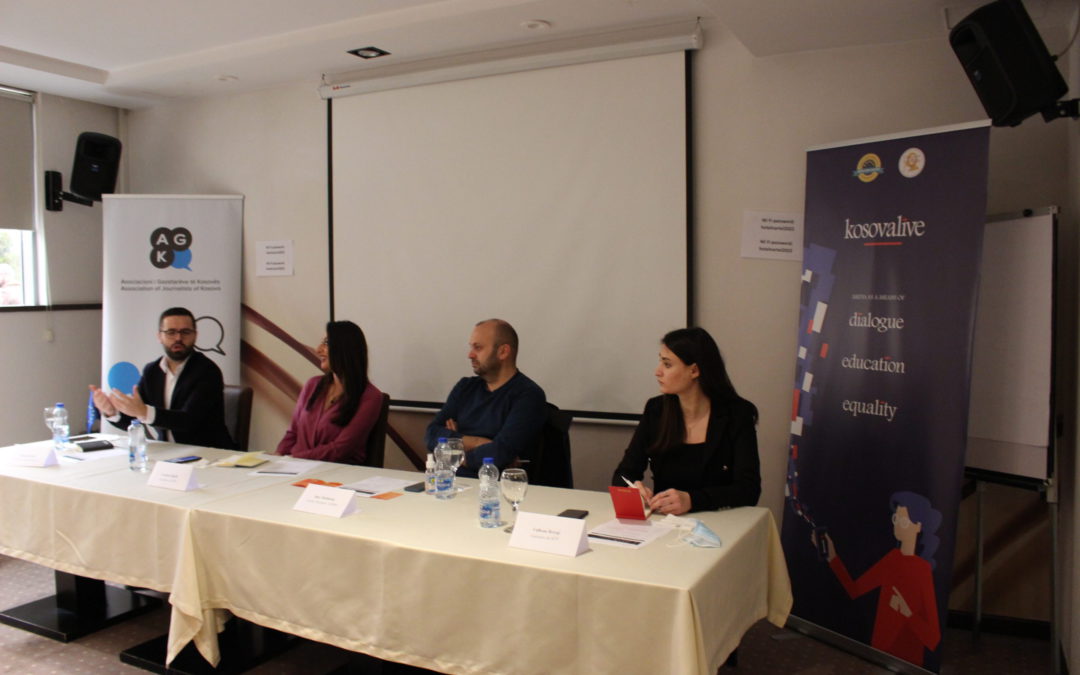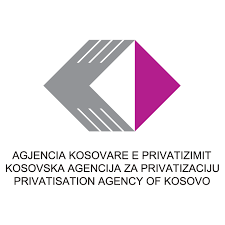Economic performance in all six economies of the Western Balkans continues to be impacted by the ongoing war in Ukraine and resultant sharp increase in energy prices and slowdown in global growth, says the latest Western Balkans Regular Economic Report (#22 in the series). These crises are creating significant headwinds for the region despite better-than-expected growth earlier this year.
In the first half of 2022, economic growth – driven by private consumption and investment – proved to be robust, exceeding expectations. Employment levels reached historical highs in several countries by mid-2022, and the region’s employment rate now averages 46 percent, a 3-percentage point increase over mid-2021. All sectors contributed to the job market recovery, with services (including tourism) playing a major part.
However, growth momentum is now beginning to slow in the face of mounting challenges. Higher energy and food prices have pushed inflation to levels unseen for many years, eroding purchasing power and business confidence. The labor market is beginning to cool, with employment slowing amid the high inflation and increased uncertainty.
Although poverty rates continued to decline in 2022, sharply higher inflation poses risks to poverty reduction going forward. In the absence of government support, the severity of the energy and food price shocks could result in a 13-percent increase in the number of the poor in the Western Balkans.
“The Western Balkan governments are taking the necessary measures in response to rising inflation and the energy crisis, but the price is high: public expenditures have increased significantly,” said Xiaoqing Yu, World Bank Country Director for the Western Balkans. “It is critical that such measures mitigate the impacts of these crises on the most vulnerable households and firms, and the World Bank stands ready to support countries in this effort.”
Fiscal spending pressures following the energy and food price shocks have offset revenue buoyance brought by high inflation and halted fiscal consolidation. Public and publicly guaranteed debt is expected to decline in 2022, but will still be above the pre-COVID peak, while financing conditions are tightening as global monetary policy attempts to tame the inflation shock.
“While growth in the first half of 2022 proved to be relatively robust, it is clear that the region is now heading into another storm,” said Sanja Madzarevic-Sujster, World Bank Senior Economist and a lead author of the report. “A combination of shocks are weighing heavily on the region’s outlook. Tighter global financing conditions, a slowdown in both domestic and external demand, as well as weakening business and consumer confidence will certainly impact the region’s financial sector.”
In addition to tightening financing conditions, the report points out that the risks of a winter COVID-19 flare-up remain, and global supply chains continue to be stressed.
“In the short term, governments should prioritize policy support to the vulnerable, ensuring that measures are targeted and timebound to minimize fiscal risks,” added Christos Kostopoulos, World Bank Lead Economist and a lead author of the report. “With limited fiscal space, no-regret reforms that would boost medium-term growth, at limited fiscal costs, should be a priority for policymakers.”
According to the report, such reforms would include measures to increase the level of market competition, remove entry barriers to business, increase retention and reinvestment among foreign investors, reduce barriers to female labor force participation, improve quality of education, and raise standards of governance, including digitalization.
The ongoing crisis also underpins the importance of accelerating the green transition in the region away from volatile hydrocarbons toward cleaner electricity generation, as well as greener production and consumption patterns, says the report.








